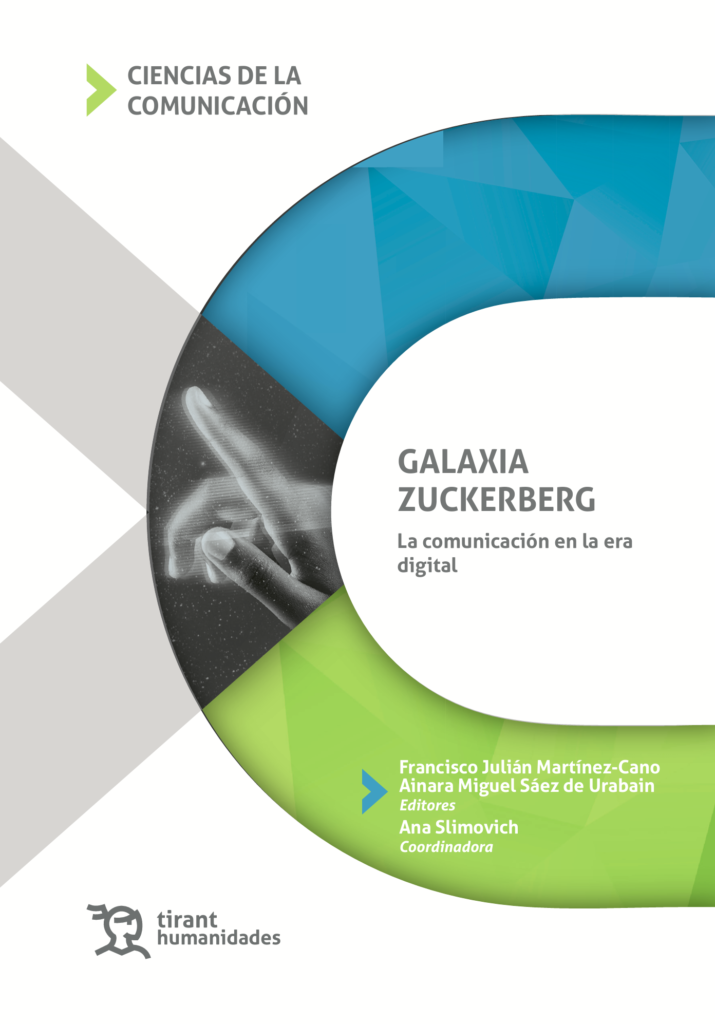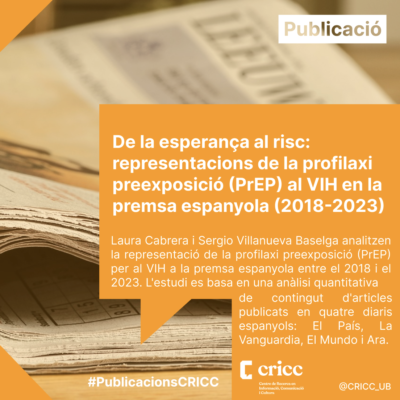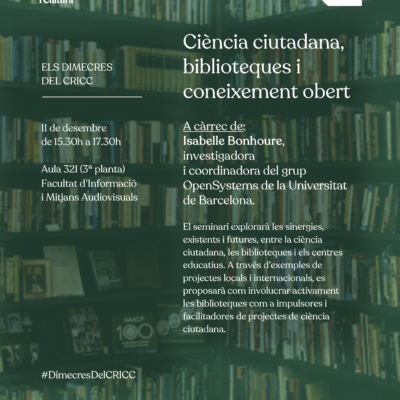The researcher Jorge Franganillo has published a book chapter entitled “The use of generative models in written and audiovisual journalism: a new paradigm in content creation”, in which he analyses the implications and challenges of the application of artificial intelligence to the field of journalism.
The chapter is part of the monographic volume Galaxia Zuckerberg: communication in the digital era, compiled by Francisco Julián Martínez Cano and Ainara Miguel Sáez de Urabain, and published by Tirant lo Blanch. The book offers a panoramic view of the changes and transformations that technological evolution has brought about in the field of communication and journalism, especially in the Spanish-speaking context.
In his chapter, Franganillo presents the basic concepts of generative artificial intelligence and examines its current and potential uses in journalism, both in the written and audiovisual fields. He mentions examples of media that use this technology to generate news, summaries, headlines, subtitles, images or voice-overs, or to recreate the voice or image of public figures, with varying degrees of automation and human intervention.
The author also reflects on the advantages and disadvantages of the automatic generation of journalistic content, and on the ethical, legal and social aspects it raises. Among the benefits, he highlights the possibility of increasing productivity, efficiency, personalisation and diversity of content. Among the risks, he points out the loss of quality, credibility, originality and responsibility.
Franganillo concludes that generative models are a useful and powerful tool for the creation of journalistic content, but that they require constant monitoring and evaluation by professionals and consumers, as well as a regulatory and deontological framework that guarantees respect for ethical principles and fundamental rights.








